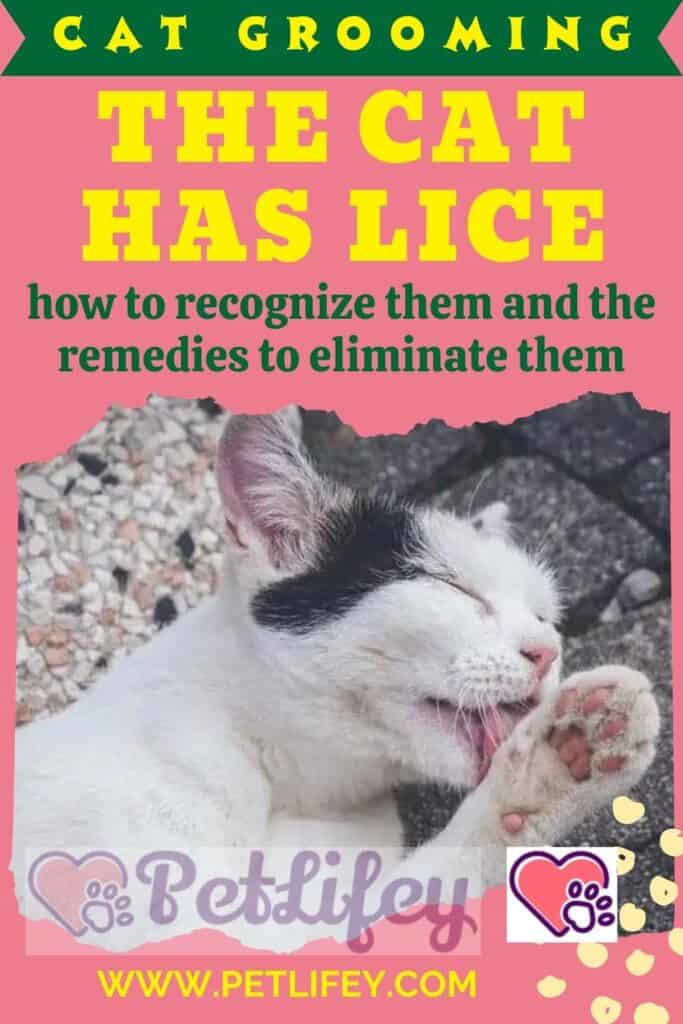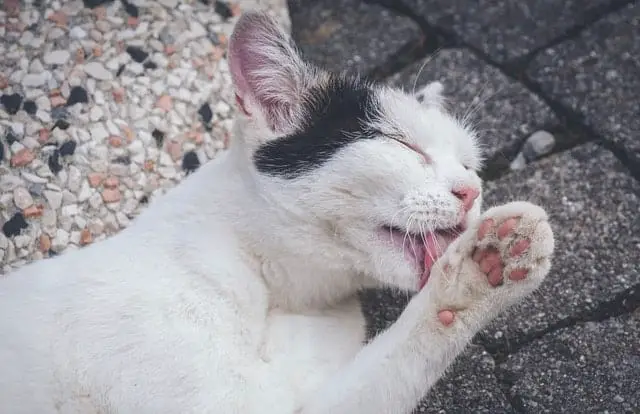
Rare but can happen: the cat has lice. How to relieve itching and eliminate these parasites? Tips, remedies and much more.
The cat has lice: is it our fault? Could it take them from us and, above all, how to eliminate them now? Although it is a rather rare event, it can happen that the cat is a victim of these parasites, but care must be taken to recognize them and not to confuse them with fleas or mites. Stray and elderly cats are usually affected, although it does not mean that domestic cats are exempt. Here’s what to do in this case.
What are lice and what is the difference with ‘human’ ones
These are tiny insects, very difficult to detect, which suck the blood of the unfortunate on which they rest, but only in the case of humans. In the case of the cat they are dangerous because, in addition to causing itching, they can also be vectors of other diseases in fact they can be carriers of the solitary worm and also infest other felines that are nearby or use the same objects. But how do they attack? Since they do not fly and do not move by jumping from one animal to another (fortunately), these parasites can attach their eggs to the feline’s coat and to all the tools that are used for it (from the brush to the litter).
It is likely that a cat will be infected by a similar one: very often the contagion occurs between mother and child. On each surface, lice survive two to three days and can still be potentially dangerous for the cat. So, as we will say among the remedies, it is necessary to clean up all the objects that the cat uses in its daily routine, without necessarily cleaning up the entire house.
The type of louse that affects cats, and not animals in general, is Felicola subrostratus, which is different from that of dogs and humans. In fact, it is not possible for a cat to take lice from us or to infect its master or others. In fact, the ‘feline’ louse does not take root on humans and does not survive on our skin. The louse feeds on dead skin and substances that come out of the wounds of the cat’s body, which perhaps it is the same cat that causes itself when scratching or biting. Although they do not suck the blood of the ‘victim’, feline lice cause skin irritation and dry out the skin and coat of the animal
The cat has lice: how to understand it and what to notice
Do you think your cat contracted lice because he scratches all the time? Only this ‘clue’ however is not of great use, since other parasites such as fleas and ticks can also cause him the same discomfort or various types of allergy or dermatitis. The possibility of contracting lice from cats that are affected by them is very high: it is no coincidence that it is usually recommended to keep the felines separate when you realize that one of them has this problem.
They can be found all over the cat’s body, although the areas that it is preferable to check are: neck, head and tail. The latter are also areas that the cat has difficulty and scratch, so there they can act undisturbed. If it is very difficult to identify them with the naked eye, it will be easier to find out where the eggs (called ‘nits’) have nested: these are the ones that give rise to the irritation. Real lice are as big as a grain of black or brown sand; only as adults lice take on a complexion on beige, more like a sesame seed.
The cat has lice: prevention and remedies

Do you want to prevent the cat from catching lice? You have to keep it away from the felines that are affected and sanitize everything it uses. Its state of health and nutrition are also important to react to the infestation of lice. Unfortunately, there are no vaccines or other prevention methods to prevent the attack, but the flea collar can also prove to be a very useful tool.
Once we have ascertained that the cat has lice, we fix a visit to the veterinarian and ask him for advice on what products to use to clean the hair: often it is a specific shampoo or a spray based on fibronil, which kills these insects. The use of these substances should be repeated after at least 30 days, to eliminate any trace of eggs or other residues of the same. Maybe setting another check of the cat at the vet, it can be a good idea!






